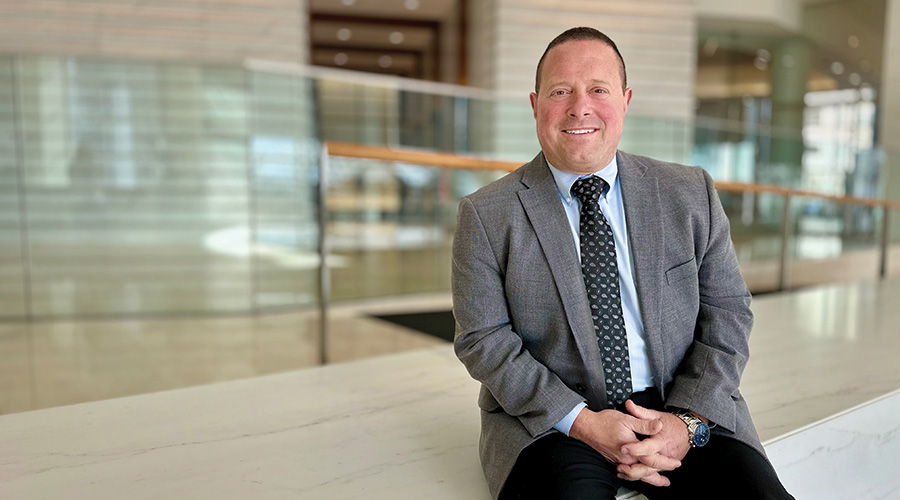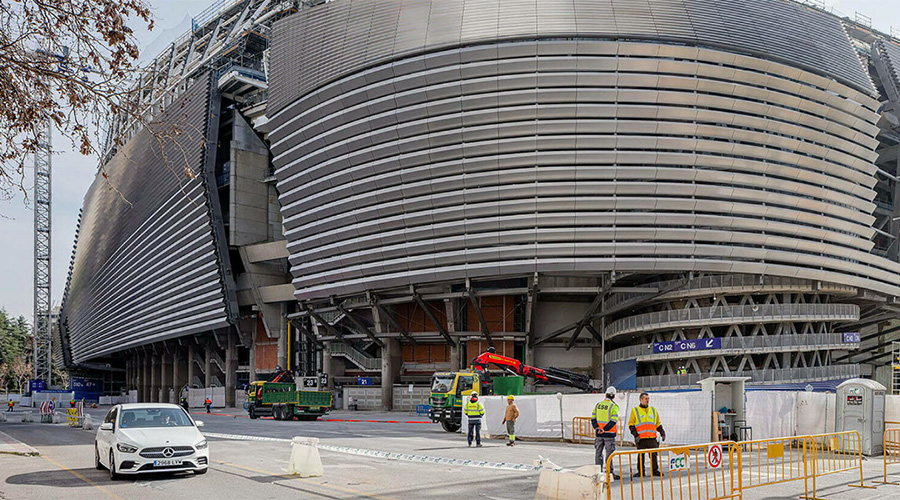How Real Companies Executed Sustainable Design
A corporate commitment to sustainable design is often the primary driver for LEED certification. While this is an admirable trait in a company, at times it can add another layer of complexity to the process. For example, a financial institution with a large portfolio of office, trading, support and retail banking space throughout the United States has a corporate commitment to sustainable design and each component of its design standards has been evaluated for its contribution to the LEED process. The use of sustainable design standards guarantees that every project, small or large, achieves a high level of environmental stewardship.
With that said, the firm's decision to pursue LEED certification is made on the individual merits of each project. The design process utilizes the LEED scorecard and its four levels of certification — Platinum, Gold, Silver, and Certified. Most CI projects easily hit Silver without adding to project cost. Gold comes at a slight premium and would involve greater water and energy efficiency, as well as HVAC optimization. The cost associated with achieving each additional LEED point is measured against its payback. The lease end date is an important factor when evaluating the business practicality of certification. Careful consideration of the options and consequences related to the choices help the firm's leadership to feel comfortable with the LEED decision either way.
Keeping Options Open
Another example of strong corporate commitment is large biotechnology company that recently chose to relocate its global headquarters in suburban Boston. The project involved selecting a to-be-constructed building that would achieve LEED CS certification, as well as the tenant fit-out of offices that would be LEED CI certified. They chose to go out into the real estate market with a broad net and to keep their options open relative to the level of sustainable design commitment. The architect was a member of the site selection team and developed test-fit plans for three of the prospective sites, and also provided further assistance by developing a work letter — a qualitative written description of the interior fit-out prior to design. The work letter asked each prospective building to meet minimum requirements for LEED CS certification as well as for a turn-key interior fit-out. The fit-out plans and the lease proposals were evaluated, costs were compared and the final site was selected.
As the design process progressed, the building achieved a LEED CS Platinum certification and the interior fit-out is on track for LEED CI Gold. This could not have been achieved without keeping options open and making informed decisions after alternatives and costs could be evaluated.
Is It Time Yet?
While the timing of decisions worked out well for the biotechnology firm, this is not always the case. There is never one specific answer when it comes to the timing for a decision on LEED in a project schedule. A facility manager who is uncertain about LEED needs time to get comfortable with the implications of the decision. Again, a seasoned LEED AP can benefit the project by facilitating informed decisions. One public library in Chicago learned its lesson the hard way by deciding to try LEED after bidding, which resulted in numerous change orders and delays. However, all was not lost. Their decision turned out to be "better late than never" as subsequent LEED projects of the same design saw reduced change orders once LEED was introduced early in the process.
When contemplating LEED certification, be mindful that all tracks have pre-requisites. These include:
- Fundamental commissioning,
- Energy and water performance,
- CFC reduction in HVAC&R,
- Collection of recyclables,
- Minimum IAQ performance,
- Environmental tobacco smoke (ETS) control.
Best practices should also include an early assessment of any other sustainable features of the prospective building, such as proximity to transit, green cleaning, energy and water efficient practices, and current LEED status.
Related Topics:













